Accepted Scientific Name: Mammillaria muehlenpfordtii Förster
Allg. Gartenzeitung (Otto & Dietrich) 15: 49. 1847 Otto & A.Dietr.
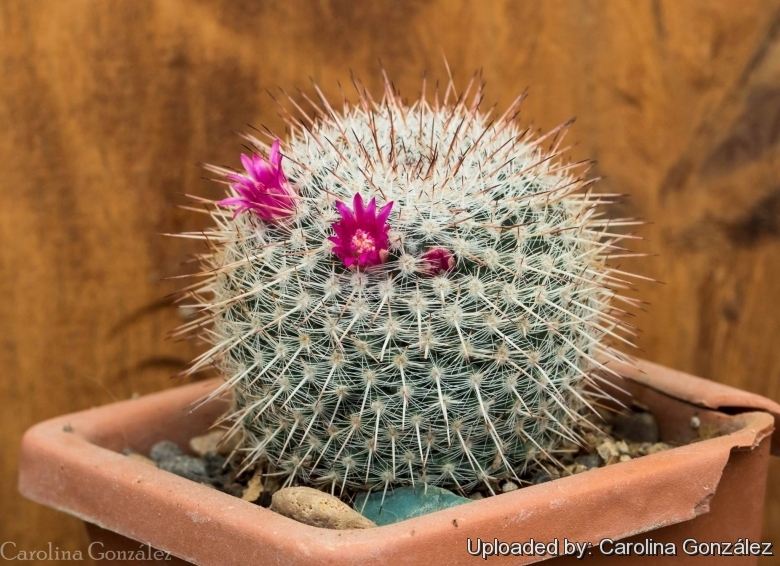
Cactus muehlenpfordtii (Mammillaria muehlenpfordtii) Photo by: Carolina González
Origin and Habitat: México. Guanajuato, Querétaro and San Luis Potosí.
Altitude: 1700-2400 m above sea level.
Synonyms:
See all synonyms of Mammillaria muehlenpfordtii
back
Accepted name in llifle Database:Mammillaria muehlenpfordtii FörsterAllg. Gartenzeitung (Otto & Dietrich) 15: 49. 1847Synonymy: 13
back
Description: Mammillaria muehlenpfordtiiSN|18456]]SN|18456]] is a massive globose cactus with bright carmine flowers. It is solitary when young, but each single stem begins to divide dichotomously to form two stems as it matures, this process repeats several times giving rise to small clustered groups and occasionally to large mounds with dozen of heads. Seen from above the central whorl of woolly areoles resembles a sunflower head.
Stems: Individual stems globose, becoming cylindric with age, 10-15 cm tall (or more), 7-15 cm in diameter, apex somewhat sunken and woolly, dark green, blue-green or grey-green.
Tubercles: Conical to pyramidal-shaped, compact, without latex.
Axil: Woolly and with white bristles.
Tubercles arrangement: 13-21.
Areoles: Small, round, woolly when young.
Radial spines: 24 to 50, about equal up to 4 mm long, glassy white or yellowish, bristle-like, radiating, nearly covering the body.
Central spines: Usually 4, rarely 2 to 7, somewhat longer than the radials, terete, rigid, pale yellow, more or less recurred pointing outward, and markedly unequal, 2 to 40 mm long, lowermost
longest, brownish yellow, becoming grey with brown tips.
Flowers: Small in a ring near the top of the cactus on previous years growth, 10-15 mm long, bright carmine to rose-red with reddish-brown outer petals.
Blooming season: Summer.
Fruit: Red.
Seed: Brown.
More...Bibliography: Major references and further lectures
1) Edward Anderson “The Cactus family” Timber Press, Incorporated, 2001- page 433.
2) Nathaniel Lord Britton, Joseph Nelson Rose “Cactaceae: Descriptions and Illustrations of Plants of the Cactus Family” vol. 4 The Carnegie Institution of Washington, Washington 1923
3) Clive Innes, Charles Glass “Cacti” Portland House, 01/May/1991
4) John Pilbeam "Mammillaria" The Cactus File Handbook 6 - Nuffield Press 1999
ISBN 10: 0952830280
5) Karl Schumann “Gesamtbeschreibung der Kakteen (Monographia cactacearum)” J. Neumann, Neudamm 1899.
6) Reto F. Dicht, Adrian D. Lüthy “Coryphantha: cacti of Mexico and Southern USA.” Springer, New York 2003, ISBN 3-540-22306-1
7) Urs Eggli, Leonard E. Newton: “Etymological Dictionary of Succulent Plant Names.” Birkhäuser 2004, ISBN 3-540-00489-0
8) Carl Friedrich Förster “Beschreibung einiger neuen Cacteen” In: Allgemeine Gartenzeitung. Band 15, Nummer 7, 1847
More...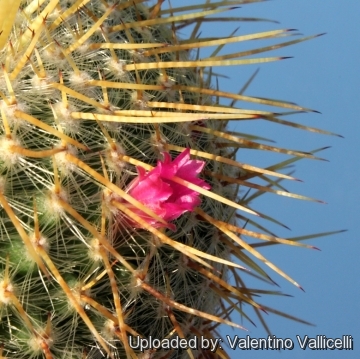 Cactus muehlenpfordtii (Mammillaria muehlenpfordtii) Photo by: Valentino Vallicelli
Cactus muehlenpfordtii (Mammillaria muehlenpfordtii) Photo by: Valentino Vallicelli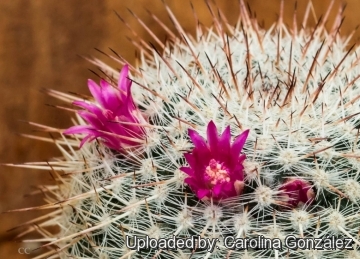 Cactus muehlenpfordtii (Mammillaria muehlenpfordtii) Photo by: Carolina González
Cactus muehlenpfordtii (Mammillaria muehlenpfordtii) Photo by: Carolina González Cactus muehlenpfordtii (Mammillaria muehlenpfordtii) Photo by: Valentino Vallicelli
Cactus muehlenpfordtii (Mammillaria muehlenpfordtii) Photo by: Valentino Vallicelli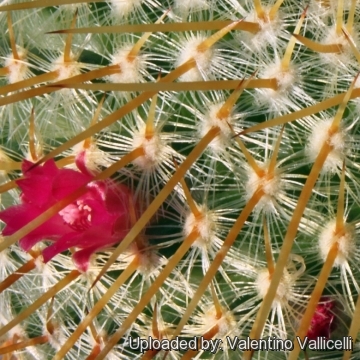 Cactus muehlenpfordtii (Mammillaria muehlenpfordtii) Photo by: Valentino Vallicelli
Cactus muehlenpfordtii (Mammillaria muehlenpfordtii) Photo by: Valentino Vallicelli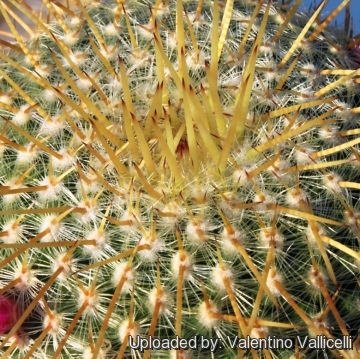 Cactus muehlenpfordtii (Mammillaria muehlenpfordtii) Photo by: Valentino Vallicelli
Cactus muehlenpfordtii (Mammillaria muehlenpfordtii) Photo by: Valentino VallicelliSend a photo of this plant.The gallery now contains thousands of pictures, however it is possible to do even more. We are, of course, seeking photos of species not yet shown in the gallery but not only that, we are also looking for better pictures than those already present.
Read More... Cultivation and Propagation: Mammillaria muehlenpfordtiiSN|18456]]SN|18456]] is not particularly difficult on own roots. No special cultural requirements.
Growth rate: It is an easily flowering species and a relatively rapid grower in comparison to other spherical species, the plant will increase the number of heads by dichotomous division. Large clumps can be produced in a few years given the best conditions.
Soils: It likes very porous standard neutral or slightly alkaline cactus mix soil.
Repotting: Use pot with good drainage.
Watering: It should be watered generously during the growing season, but do not overwater (Rot prone), keep dry in winter. Water it less than average if in bigger pots, small pots preferred.
Fertilization: Feed with a high potassium fertilizer in summer.
Hardiness: Reputedly sensitive to frost, but less so if kept on the dry side prior to, and during, cold weather. However warmth throughout the year will increase the grower's success (8-12°C during rest season).
Exposition: Outside bright, hot conditions or afternoon shade, inside it needs bright light, and some direct sun. Strong light encourages flowering and heavy wool and spine production.
Uses: It is an excellent plant for container growing. It always looks good and stays small.
Pests & diseases: It may be attractive to a variety of insects, but plants in good condition should be nearly pest-free, particularly if they are grown in a mineral potting-mix, with good exposure and ventilation. Nonetheless, there are several pests to watch for:
- Red spiders: Red spiders may be effectively rubbed up by watering the plants from above.
- Mealy bugs: Mealy bugs occasionally develop aerial into the new growth among the wool with disfiguring results, but the worst types develop underground on the roots and are invisible except by their effects.
- Scales: Scales are rarely a problem.
- Rot: Rot is only a minor problem with cacti if the plants are watered and “aired” correctly. If they are not, fungicides won't help all that much.
Propagation: Division, direct sow after last frost or (often) graft. Seeds germinate in 7-14 days at 21-27° C in spring, remove the glass cover gradually as the plants develops and keep ventilated, no full sun for young plants! To make a cutting twist off a branch and permit it to dry out a couple of weeks, lay it on the soil and insert the stem end partially into the soil. Try to keep the cutting upright so that the roots are able to grow downward.
More...
















